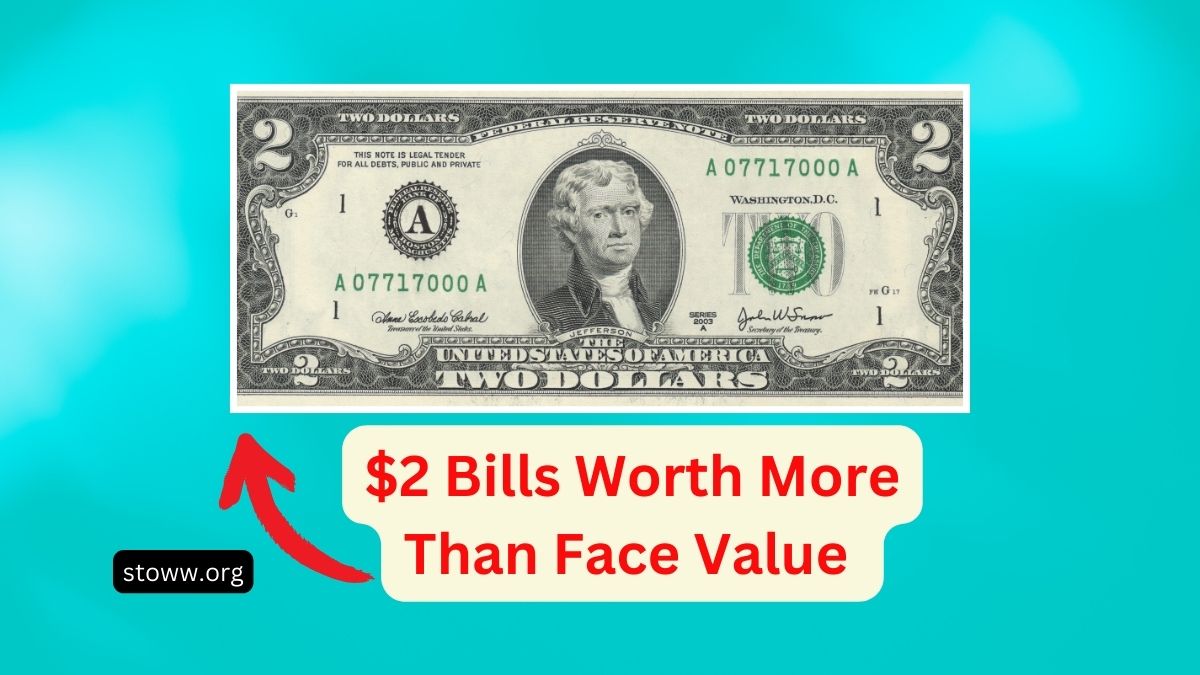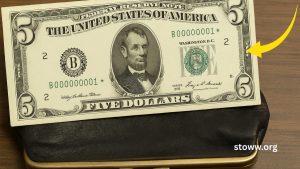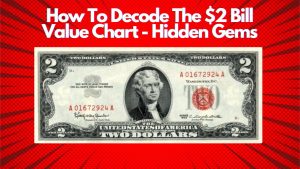The $2 bill, often overlooked in daily transactions, holds a unique place in U.S. currency history. Beyond its face value, certain $2 bills can be worth significantly more to collectors and enthusiasts.
Understanding the factors that contribute to their value can turn an ordinary bill into a treasured find.
History and Rarity of the $2 Bill
Introduced in 1862, the $2 bill has undergone several design changes and periods of discontinuation, contributing to its scarcity and appeal among collectors.
Factors Influencing the Value of $2 Bills
- Series Year: Older series, especially those from the 19th and early 20th centuries, are typically more valuable. For instance, uncirculated $2 bills from 1890 can fetch at least $4,500.
- Condition: Bills in uncirculated or pristine condition are more sought after.
- Unique Features: Bills with unique serial numbers, printing errors, or star notes (replacement notes indicated by a star symbol) can significantly increase their value.
Notable Examples of Valuable $2 Bills
Here are some examples of $2 bills that have garnered high values.
| Series Year | Description | Condition | Estimated Value | Notes |
|---|---|---|---|---|
| 1890 | Treasury Note | Uncirculated | $4,500+ | Highly sought after due to age and rarity. |
| 1928 | United States Note | Uncirculated | $500 – $1,000 | Early small-size note with red seal. |
| 1953 | United States Note with Star Serial Number | Uncirculated | $5 – $20 | Star notes are replacements and can be more valuable. |
| 1976 | Federal Reserve Note with Bicentennial Postmark | Uncirculated | $2 – $50 | Issued during the U.S. Bicentennial; postmarked versions are collectible. |
Misconceptions About the $2 Bill
Despite being legal tender, the $2 bill is often met with skepticism. There have been instances where individuals faced difficulties using them, as some believe they are counterfeit or no longer in circulation.
Collecting and Selling $2 Bills
If you possess a $2 bill and are curious about its value, consider the following steps:
- Evaluate the Bill: Check the series year, condition, and any unique features.
- Consult a Professional: Seek appraisal from a reputable currency dealer or numismatist.
- Stay Informed: Keep up with market trends, as the value of collectible currency can fluctuate.
The $2 bill is more than just a piece of currency; it’s a window into American history and a potential treasure for those who know what to look for. Whether you’re a seasoned collector or a curious individual, understanding the nuances of $2 bills can be both fascinating and rewarding.
FAQs
Are $2 bills still being printed?
Yes, $2 bills are still being printed by the U.S. Bureau of Engraving and Printing. However, they are produced in smaller quantities compared to other denominations due to lower demand.
How can I obtain $2 bills?
You can request $2 bills from most banks. While they are less commonly circulated, banks often have them available upon request.
Do all old $2 bills have high value?
Not necessarily. The value depends on factors like the series year, condition, rarity, and unique features. While some old $2 bills can be valuable, others may only be worth their face value.



